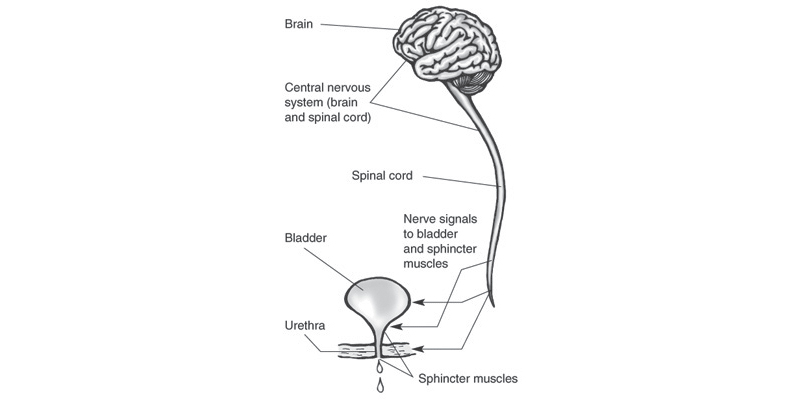What is Bladder Cancer?
2022-04-28 / RG STONE HOSPITAL / Urological Treatment

The Bladder is a hollow muscular organ in your lower abdomen that retains urine. The bladder is made up of multiple layers of various cell kinds. Cancer that starts in the bladder is known as bladder cancer.
Bladder cancer develops when healthy cells in the bladder lining, termed urothelial cells, alter and grow out of control, resulting in a tumour. It may even spread outside the bladder and into the nearby tissues over time. Urine is a liquid waste produced by the two kidneys and delivered to the bladder in the two tubes known as ureters. When you urinate, the muscles in your bladder contract forcing urine out via a tube known as the urethra. Bladder Cancer usually starts in the cells that line outside of your bladder called urothelial cells in urothelium also known as the transitional epithelium.
The majority of the cases are detected at an early stage when they are curable. The following are the signs and symptoms of bladder cancer:
1. Painful urination
2. Frequent urination
3. Pain in the lower abdomen
4. Back pain
5. Hematuria- where urine may seem light red-colored or cola-colored
Invasive vs non-invasive bladder cancer
Bladder cancer is classified based on how far it has gone into the bladder wall.
(i) Invasive bladder cancer-
Invasive cancers have spread to the bladder wall’s deeper layers. These cancers have a higher proclivity for spreading and are more difficult to treat. It is also known as Muscle invasive bladder cancer(MIBC) because it extends into the detrusor muscle. Urothelial carcinoma tumors that have progressed into or through the muscle layer of the bladder wall are known as muscle-invasive urothelial carcinoma tumors.
- T2 Bladder cancer is defined as cancer that develops in the tissues of the bladder, the majority of which are transitional cell carcinomas (TCC).
- The tumor has infiltrated the bladder wall’s muscular layer.
- T3 tumor that has progressed through the muscular layer and into the fatty tissue that surrounds the bladder.
- T4 tumor has spread to adjacent pelvic organs, the pelvic wall, or the abdominal wall.
(ii) Non-Invasive bladder cancer-
Only the inner cells are majorly affected by this type of cancer. They haven't penetrated into the deeper layers and the bladder muscle is not involved. Bladder cancer that is non-invasive has a lower risk of spreading and is easier to treat.
Papillary vs Flat cancer
(i) Papillary Cancer-
It forms slender, finger-like extensions from the bladder’s inner surface into the hollow center. Papillary tumors tend to grow towards the bladder’s center, rather than into the deeper layers of the bladder. Non-invasive papillary cancers are the name given to these tumors. Papillary cancer that is non-invasive is a benign growth on a little piece of tissue that can be easily removed. When papillary TCC is of extremely low grade, it is referred to as papillary neoplasm of low malignant potential, and therapy is usually successful.
(ii) Flat Cancer-
It is cancer that begins in the squamous cells. Squamous cells are thin flat cells that resemble fish scales and are present in the tissue that makes up the skin’s surface, the lining of hollow organs as well as the lining of the respiratory and digestive tracts. This kind of TCC does not spread from the urothelium to the bladder’s core. Flat carcinomas persist on the bladder wall’s surface. Flat carcinoma that is limited to the urothelium is known as non-invasive flat carcinoma or flat carcinoma in Situ (CIS).
At RG Stone Hospital, you will discover the finest treatment carried out with 100% precautions and care to provide you with a fulfilling experience.
Categories
Hernia Repair
Appendicitis
Piles
Urological Treatment
Hernia treatment
Enlarged Prostate (BPH)
Gall Bladder Stone
Urinary / Kidney Stone
Vitamins
Indian Health Care System
Exercise
Obesity
Female Urinary Incontinence
Single Incision Laparoscopic Surgery (SILS)
Kidney Cancer
Bladder Cancer
Ovarian cancer
Nephrology
Bariatric Surgery
Kidney Function Test
Female Urology
Radiation Therapy
Alcoholic Fatty Liver
Liver disease
Gastroenterology
Kidney Disease

